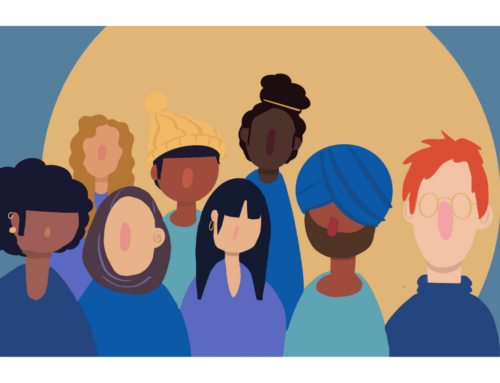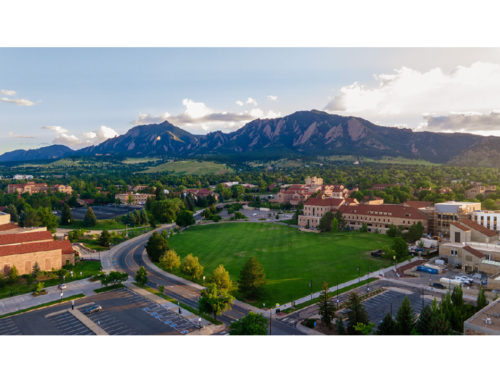Most of the time we think that attractive people have it easy – and it is true. Overwhelmingly, attractive individuals do have it easier when it comes to the workplace. Attractiveness is positively related to salary, promotions, interpersonal treatment, and success in job interviews. But there is a catch. Under some circumstances, attractive women are actually discriminated against – a phenomenon called the beauty is beastly effect. This usually occurs when an attractive woman’s beauty does not fit with the masculine requirements of the job. Attractive women can also be perceived as less trustworthy by others. This creates a double edged sword for women who are sometimes discriminated against for their beauty and sometimes discriminated against for not being beautiful enough.
To better understand this bias I have examined when beauty is beastly effects are most pronounced and ways to mitigate the bias. But I also started to wonder if the other women being interviewed could impact how attractiveness is perceived by interviewers. I recently coauthored an article on the topic entitled, Can Looks Deceive You? Attractive Decoys Mitigate Beauty is Beastly Bias Against Women with a former student, Elsa Chan. Specifically, we tested whether the beauty is beastly effect would be more pronounced when the other women being interviewed were less attractive. In contrast, we tested whether beauty is beastly bias could be wiped out if most interviewees were also attractive.
Surprisingly, we found that the bias for or against attractive women was largely affected by the attractiveness of the other women who were being interviewed. If most of the women were attractive, then an unattractive woman would be discriminated against. But, if most of the women were unattractive, then attractive women received discrimination. What does this mean?
The findings suggest that – at least part of – attractiveness bias stems from interviewer perceived norms for what women should look like on the job. And we base those assumptions on how the majority of job applicants look. Based on the results, women could try to match their appearance to the norm for a job when interviewing for a position. So they can play up their looks when most women are attractive and play down their looks when their beauty is anomalous for a given job. Or, take my approach – choose to look like yourself – and see what happens.










Leave A Comment